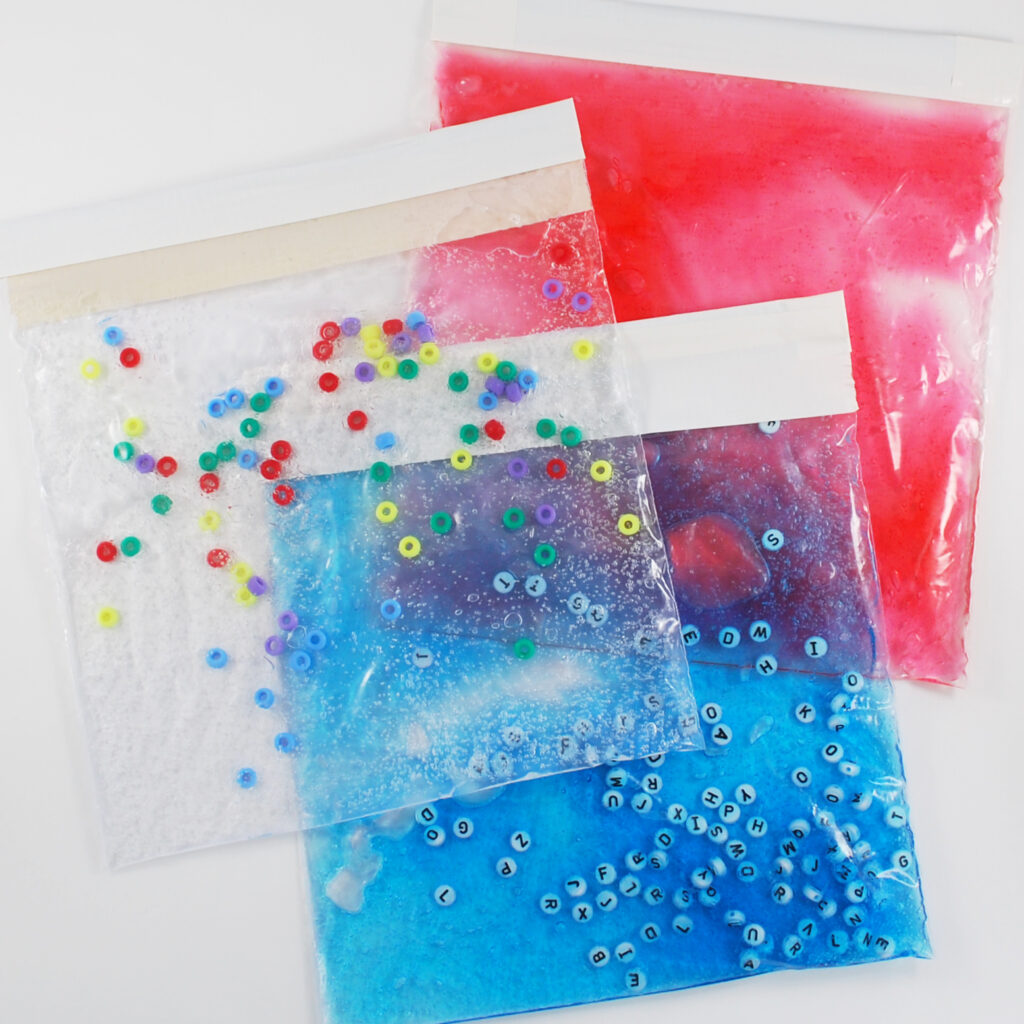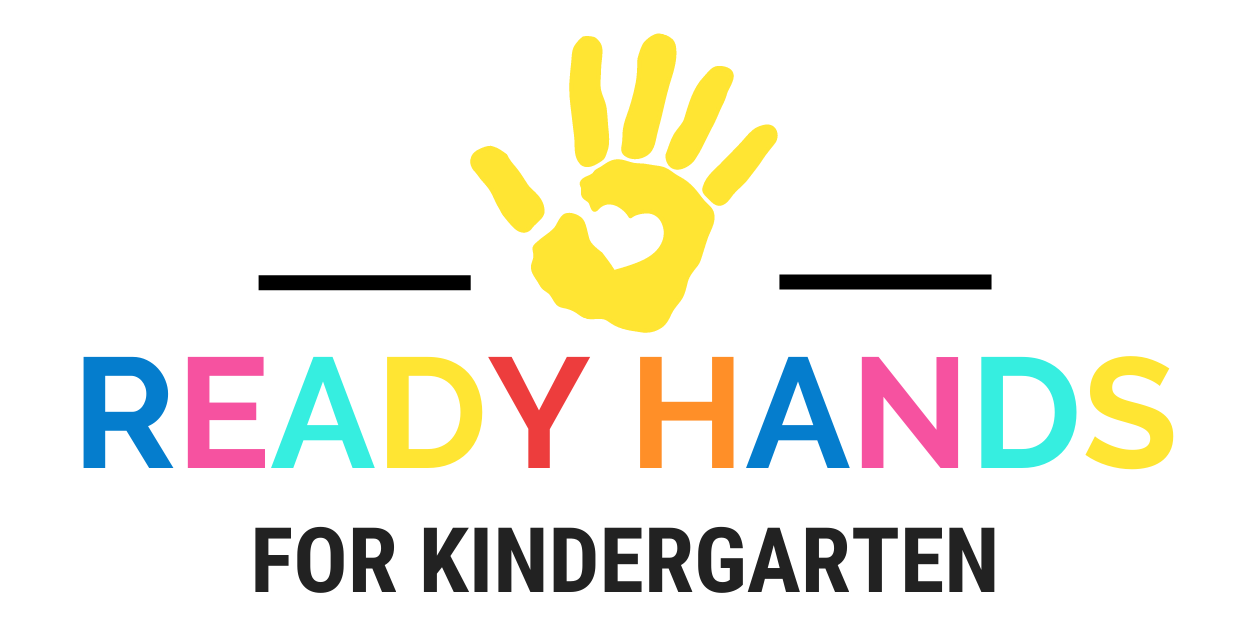Using preschool worksheets as part of a school curriculum (or just at home as an easy activity) is somewhat controversial. I’ve literally had internet trolls leave super nasty messages on my page when they see what they would call “worksheets” in my shop. It gets very heated. And the truth is…they have a point. Preschoolers are simply not designed to sit still and focus on something like a worksheet for a long period of time. But keep in mind that not all printable activities are created equal.
Learning Through Play
Let’s start out by talking about how preschoolers and toddlers (and all kids for that matter) learn best. At this point, we’ve all seen the many memes and studies out there that talk about the importance of play as a learning tool. There’s even a famous quote by Albert Einstein that says “Play is the highest form of research”. I love that quote, don’t you?
Through play children can experience the world around them and organize that information into meaningful lessons that help them grow and develop. And you may all have read the same study that I did that talks about how detrimental academic preschool and kindergarten can be to a child’s long term development.
the research (beyond the memes)
And when I started the research for this article, I was entirely prepared to present loads of research and evidence that supported the strict learning through play approach. What I found surprised me. It’s really not so cut and dried.
As I dug further, I found that there are a couple of studies that have demonstrated that a more academic approach to early learning is not beneficial (or even detrimental). However, these studies just aren’t backed by strong scientific evidence, and others have not been able to replicate the results. This meta-analysis by the National Institute of Direct Instruction lays out some of the body of research on the subject.
This is not meant in any way to minimize the role that play can have in a child’s development. I’ve seen it first-hand while moving in and out of preschools all over. Play is essential for early development…no doubt.
It seems, though, that there’s a strong case to be made for both a play based approach and an academic approach. It just depends what research you want to hang your hat on.

I prefer an approach to preschool learning that has a balance of the two…play and academics (aka-direct instruction) working hand in hand for the very best outcomes. Both play and direct instruction have a place in helping preschoolers learn and grow and prepare for kindergarten (and beyond).
Preschool Attention Span
No matter what approach you plant your flag on, there is no disagreement that preschoolers have SHORT attention spans. As a general rule of thumb, children have an attention span about 2 to 3 minutes times their age. This applies to non-preferred activities or anything that takes focus to complete. On the other hand, children can play for any measure of time, depending on their interest in the activity.
It’s important to meet children where they are and not expect a preschooler to have the attention span of a first grader…or high schooler…or you. Children are not just adults in small bodies. They are unique beings with their own preferences, sensory sensitivies, learning styles, and interests. Let’s take all of this into account when presenting any task.
If you really want to dig a little bit more into helping your child develop a greater attention span, I have the perfect resource for you. Our printable mini pdf course “A Little Hocus Pocus for Increased Focus” gives you some of my best OT tips and tricks for helping kiddos focus better.

When to use preschool worksheets
In my opinion, there is a place for worksheets in helping preschoolers learn…when used properly. There should never be a time when you see a little one sitting at a table completing page after page of worksheets (there are a few exceptions to the rule, as there are those kiddos who simply LOVE this type of activity and view it as a preferred activity).
Even if you believe that play is the only thing that little ones should be doing to learn, at some point preschoolers need to be exposed to the things that they will need to know for kindergarten. Scissors will need to be put into their hands. They will need to learn to sit and participate for at least a brief period of time. Fine motor skills will need to be developed for independence with tasks like managing backpacks and using the bathroom.
Worksheets are a great way to introduce children to new academic concepts (eg-alphabet letters, simple math, matching like items, learning colors and shapes, prewriting and writing and more) and skills. I use special “worksheets” when teaching little ones how to write their names…though there is a very specific process that I go through that has been tested and proven.
At no point would I feel comfortable giving a preschooler a worksheet that they are to complete 100% independently without oversight. That is the best way for little ones to develop poor habits early on.

For example, if I were to give a preschooler a sheet with their name at the top, and expect them to copy their name in the space provided all on their own…I’m setting them up for failure. It’s very likely that they will not be holding the pencil properly, forming the letters appropriately or keeping letters at a proper size. They will simply be practicing it wrong over and over again…developing poor writing habits before they should even have a pencil in their hands. And yet, I see this being done over and over again in the preschools that I’ve been in.
Building a Strong Foundation
It’s important to meet a chid where they are. Before putting a worksheet in front of any kiddo, he/she needs to be developmentally ready for the task presented.
Build a strong skills foundation before any expectations of seated work. Start with activities that will improve core strength for good sitting posture. Then be sure that the shoulders, arms and wrists are strong or supported properly during a seated task. Address any sensory needs that may impact participation. Be sure that the child has adequate hand strength and fine motor coordination for what is being asked of them.
We already talked about attention span. It’s something that you’ll need to take into consideration and build in any necessary breaks based on the child’s ability to focus for a period of time.
These are just a few of the things that should be taken into consideration before implementing the use of worksheets. We haven’t even talked about visual accuity, visual perceptual skills, bilateral coordination, prewriting and writing ability, etc.
Amp Up the Worksheet Fun
Not all preschool worksheets are created equal. There are ways to make any printable activity into something that is more interactive.
Here are a few ideas for adding an active element to any traditionally seated activity…
- Include frequent movement breaks.
- Complete the activity while standing.
- Place the worksheet on the floor and have your child lie on his/her stomach to complete it.
- Make it into a game or fun competition.
- Change up the seating to a wobbly seat or exercise ball to sit on.

And then there are things that you can do to the worksheets themselves to change them from something that might typically be pencil and paper to something that includes other skills.
Here’s an idea for matching worksheets: Instead of asking a child to use a pencil to connect the matching items across the page, prepare the worksheet by printing them onto cardstock and using a hole punch to place holes by each answer. Instead of a pencil, lace string to connect the correct answers. Now you don’t have a sit and learn activity but rather a play and learn activity that also includes lots of fine motor and visual motor practice.
Here’s an idea for a multiple choice type worksheet: Instead of having a child circle the correct answer, have them place a BINGO chip on the answer (removing them with a magnet wand is so much fun!)…or place a pompom on the answer using tongs…or use a clothspin to pin onto the correct answer.
Here’s an idea for a prewriting or writing worksheet: Instead of just having a child trace or copy shapes or letters on a worksheet using a pencil, have them form them with play dough…or place a squishy bag over the top and write using a q-tip or finger…or use fingerpaints or other messy medium like shaving cream, pudding or glue to draw the form.

A Step Above Preschool Worksheets
So, to answer the question…worksheets for preschoolers is a definite “yay!” if it’s the right worksheet and if you follow the guidelines that we’ve talked about.
You might call what we offer here at Ready Hands for Kindergarten “worksheets”, but they’re so much more. They are printable interactive fun hands-on low prep fine motor learning activities that children will love doing. As a matter of fact, they’ll be having so much fun that they won’t even realize how much they’re learning. It’s that perfect balance of play and academics.
I recommend that you start with the Shapes and Colors Preschool Fine Motor Collection. But if your child is past that stage, move on to the ABC Prechool Fine Motor Collection. Of course, some of my favorite collections are the seasonal and themed sets. You really can’t go wrong with any of them.
Browse the SHOP to find a printable fine motor collection that works for your kiddo.
Teachers, these activities are done for you lessons. They work great as a directed learning activity, learning stations, welcome activities, indoor recess, one-on-one instruction and more in the classroom. They’re so versatile and super low prep.

